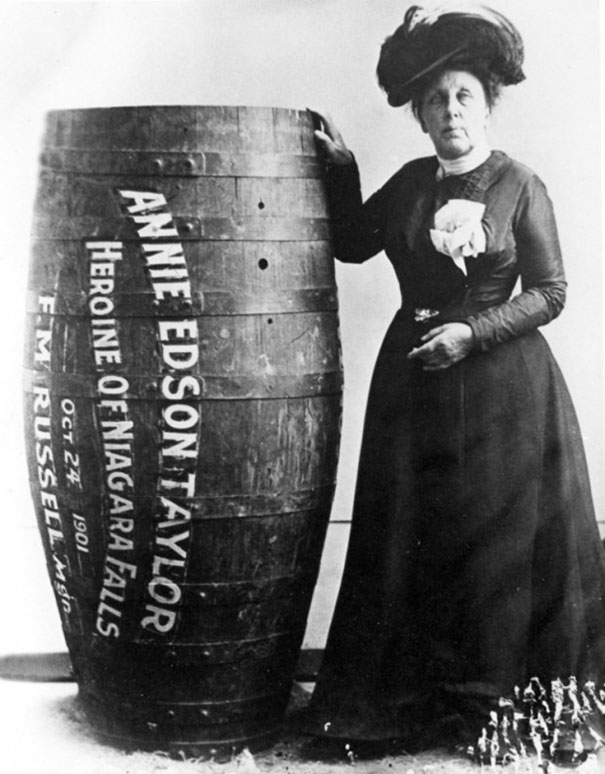Prompt:
Imagine an ordinary object, one that you could hold in your hands. Imagine that you could take this object to a field where you put it down and leave it.
Imagine that someday you come back to the field and find the object that you placed there.
Know that the object has been sleeping.
You are magic. You can tell what the object is dreaming.
In the same way you can dream impossible or strange things, so can the object.
Write the dream of the object.
- Consider the subject matter that you wish to write about, and remember that beauty can be found in the least expected places. Was watching "American Beauty" the first time you thought a plastic bag caught in the wind was beautiful?
- Write a 10-line stanza of iambic verse using an ababcdecde rhyme scheme.
- Proceed to write as
many 10-line stanzas as desired. Use the same rhyme scheme pattern in
the following stanzas, but with different rhymes. If you do this
correctly, the "a" of a stanza will rhyme only with the "a" of that
same stanza.
- Revise as needed.
